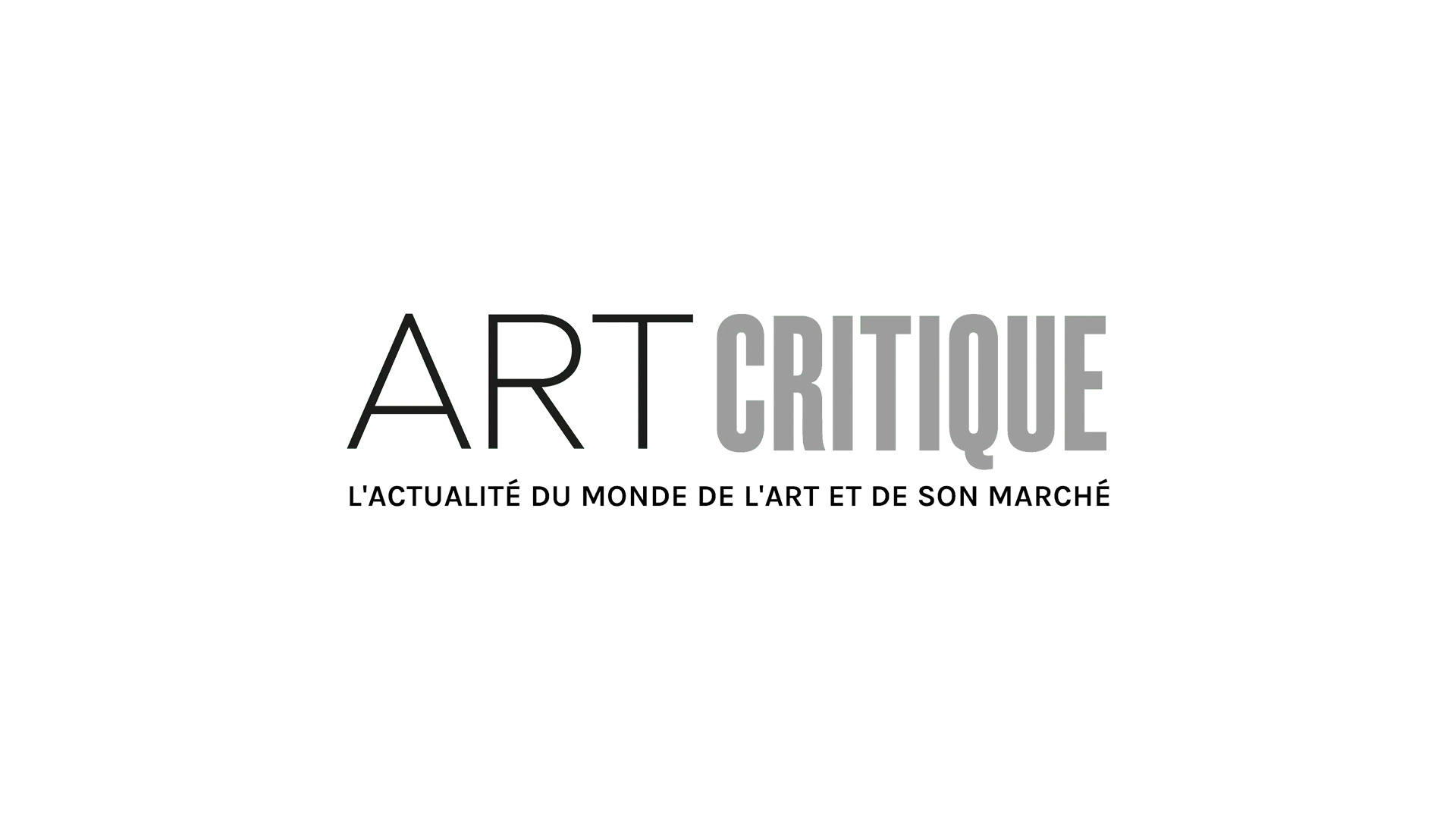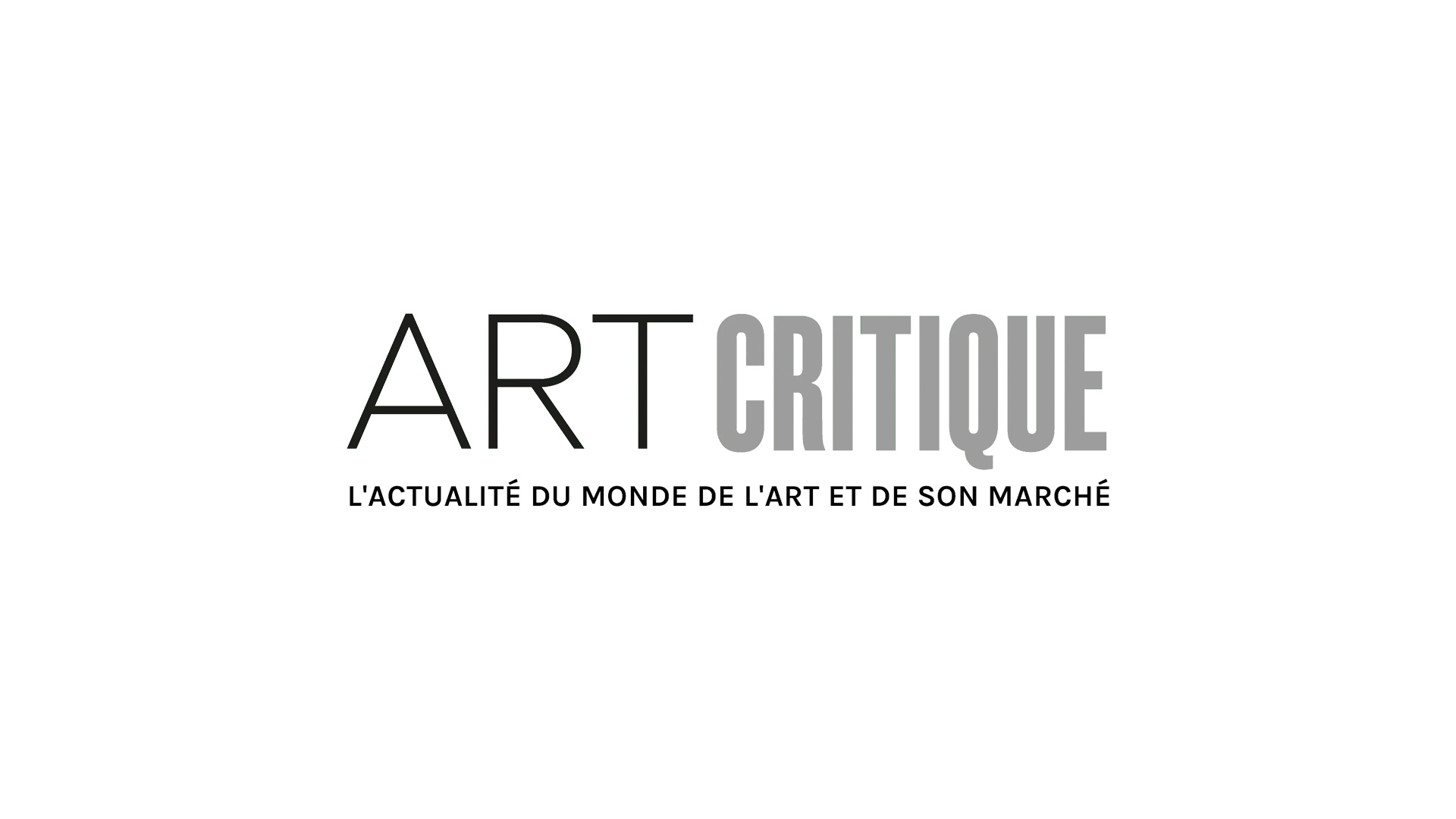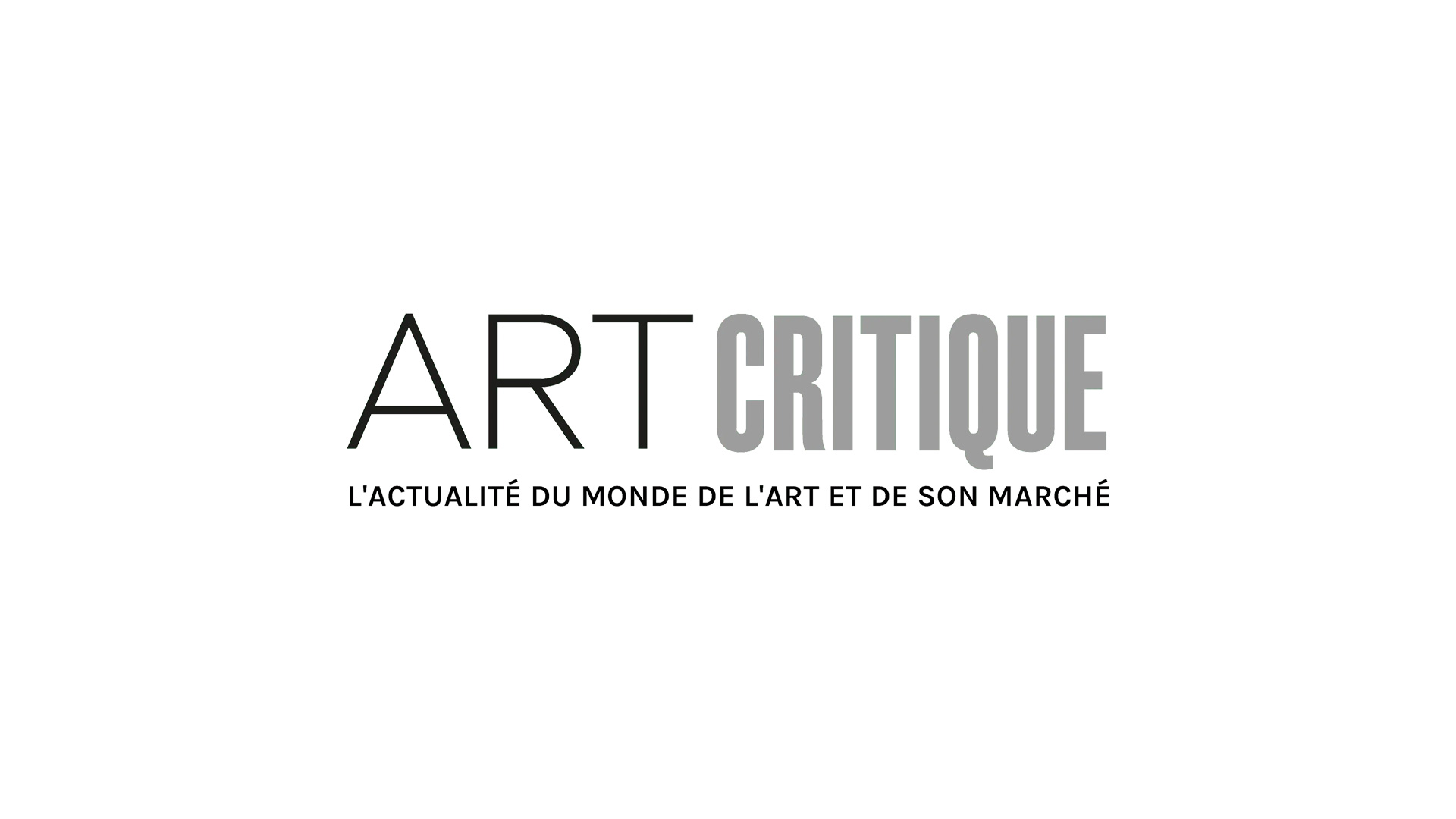The tradition of Nuit Blanche—or whatever your particular area may call the events—across cities is always one of buzz and mystique. Long gone are the days when the majority of holidays themselves were dusk to dawn affairs of celebration, entertainment, and spectacle. But in this particular way, art is given this deep and focused honour. After three years of absence, Toronto’s Nuit Blanche returned to the city at its largest scope to date.
For the uninitiated, Nuit Blanche (French for “white night”) is a form of annual nighttime art festival. It sees city streets themselves turn into veritable galleries by hosting a plethora of installation pieces—sculpture, performance art, anything truly—as well as many of the city’s arts institutions having free admission throughout the night. It’s an interesting way to bring art and the public closer, removing some of the many modern barriers between the two.
Led by artistic director Dr. Julie Nagam, Toronto’s Nuit Blanche held the conceptual theme of “The Space Between Us” this year. The festival’s statement explains:
“People are the heart of their communities. This curatorial theme focuses on the connections to urban, polar and Pacific landscapes, revealing the space between us as a potential site for sharing knowledge. People have always commingled with different communities and nations – to build new spaces and families that shift their relationships and connections to each other and to place.
People disrupt and transform space, making meaningful connections with communities and places. The global crisis of displaced people brings communities together to stand up for humanity and support each other. Now, more than ever, it reminds us of our willingness to connect when our future is linked to the collaboration between cultures, knowledge, nations and practices.”
With over 150 projects spread out across the Greater Toronto Area, it was the most extensive Nuit Blanche for the city to date. From Eugene Paunil’s eerie A God Amongst Us, depicting an avian-human deity casually holding space amongst civilians, to Nike Onile’s The Dinner Table, an expansive and ethereal take on the communal eating space, the perspectives on space are varied and surprising. What does seem to ring true across many of the works is the refocus we have on shared space in our new context, and both the exaltation of that relationship with each other and what lay between us.
Nuit Blanche is a valuable tradition in urban environments. With such a distinct lack of artfulness in many of our public spaces, it’s hard sometimes to remember that our cities hold the potential for beauty and connection. Toronto’s Nuit Blanche has returned with a keen focus on this fact and has even begun an online archive as a reminder of all the beauty that has been brought to its city streets, and is keeping its presence felt with over thirty-five projects extended for viewing.





